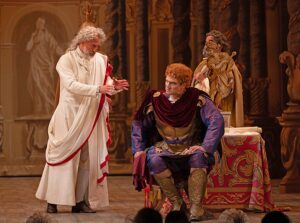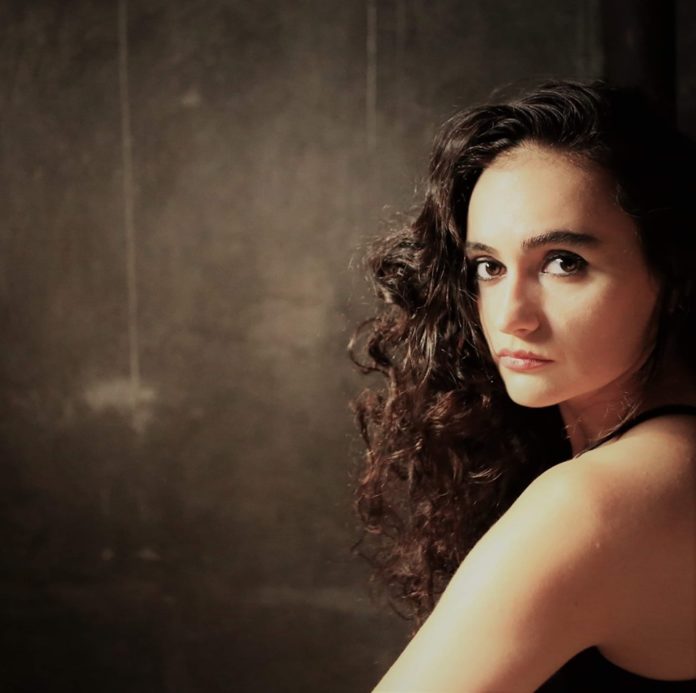By Artsvi Bakhchinyan
Special to the Mirror-Spectator
YEREVAN — I have known dancer and choreographer Rima Pipoyan for more than ten years. Together we have participated in modern dance lessons and I have watched more than a dozen of her performances. She is one of the few young professionals who always says something new in our art and about whom you will not say “promising” anymore, as she has justified all hopes one after another and is never being satisfied of what she has achieved. Like many artists who are constantly in search of creativity, she does not care about archiving her work.
Dear Rima, let’s start our conversation with the opinion of Lithuanian ballet figure Jurijus Smoriginas. “I have often noticed that interesting choreographers come not from great dancers, but from so-called mediocrities.” As a dancer and choreographer do you agree with him?
Actually he was right, I totally agree. Today, many world-famous choreographers and dance teachers prove the truth of these words. In my opinion, the dancer, lacking the ideal ballet body or skills, is starting to think more, to work more, to study more to achieve the perfection that the given art requires. By doing so, he gains deeper knowledge, which later he is being able to pass it in a more accessible way to his pupils, students, students, or artists. In my opinion this is the way to become a good dance teacher, and to become a good choreographer you need to have a vivid imagination and talent. And most of all, one should have love, great dedication, and boundless diligence.
I have not gone the easy way as a dancer, but I am happy and grateful for the challenges I have encountered in my creative life – they have polished and shaped me as an artist, as a director, as a thinker, as a human being in general. I was still a 14-year-old student at the State Choreographic College when I handed out my first ballet libretto on paper, which remained on paper, and I began to compose dances since I can remember. Who knows, if everything in my life were ideal and easily accessible, I probably would not have done anything









